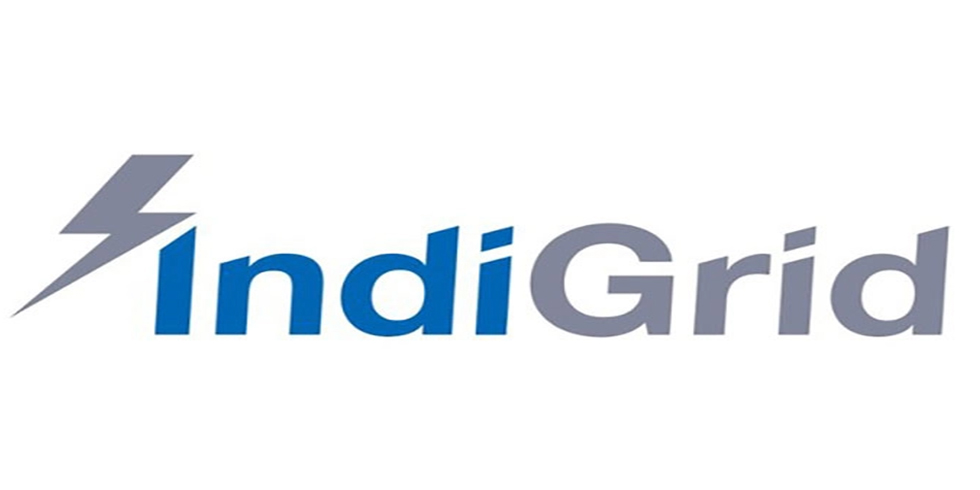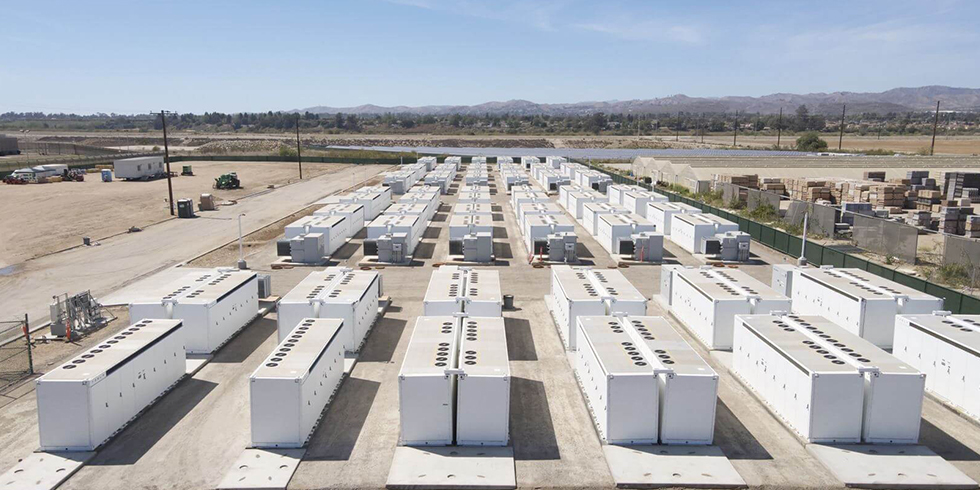In 2013, India saw a solar PV capacity addition of 905 MW. At the end of 2013, India’s cumulative installed capacity stood at 2,123 MW. The first quarter of 2013 saw the largest capacity addition for the year at 408 MW.
This was largely driven by the deadline for commissioning of the National Solar Mission (NSM) projects. The installation capacities for the last three quarters of 2013 were subdued and largely driven by a couple of projects that came up under the Madhya Pradesh and Karnataka policies along with a number of small Renewable Energy Certificate (REC) driven projects. Capacity additions in each of the last three quarters also remained range bound under 200 MW.
Within this range bound capacity addition, there has been a general uptrend in ground mounted projects driven by parity and being set up for multi-party captive consumption or third-party sale of power. These projects are generally being set up as 'solar parks' that are driven by engineering, procurement and construction (EPC) companies and/or project developers who bring investors and power consumers on board. In most cases, to be able to avail taxation benefits, the power consumers are also the investors.
State level allocations in Tamil Nadu, Andhra Pradesh, Karnataka, Punjab and Uttar Pradesh are all still facing several uncertainties. Among all these states, PPAs have only been signed in Andhra Pradesh for 138 MW and Uttar Pradesh for 110 MW. In Tamil Nadu, nothing is expected to move forward until Tamil Nadu Electricity Regulatory Commission (TNERC) approves the tariffs for solar projects in the state. This is expected to take at least two more months. In Karnataka, the process has gone into litigation and no PPAs have been signed. For the last three months, officials in Punjab had been claiming that the PPAs will be signed soon and definitely before the end of 2013. However, this has not happened.
After a significant delay, the allocation process for batch one of phase two of the National Solar Mission (NSM) started with the release of the Request for Selection (RfS) document on 28th October 2013. The announcement made the actual process for the Viability Gap Funding (VGF) mechanism clear and also brought forward government’s take on domestic content requirement (DCR). Since the release, developers have been working on their strategy for the bidding process. Several issues such as the impact of location of the project, states’ willingness to buy power and pay for the wheeling charges, impact of DCR, impact of possible anti-dumping duties, land procurement nuances, etc. have been raised but not fully addressed. However, the authorities and the Solar Energy Corporation of India (SECI) and the Ministry of New and Renewable Energy (MNRE) have been fairly co-operative and have tried to address a lot of the concerns through consultative sessions with the developers.
The last date of the bidding process has been extended again to January 20, 2014, to accommodate for all the changes made after the consultative process.
As the previous allocations in states remain delayed and grapple with uncertainties, Madhya Pradesh, Uttar Pradesh, Punjab, Haryana and Uttarakhand plan to carry out new allocations in the coming year. Madhya Pradesh has already announced a bidding process for a 100 MW capacity. Uttar Pradesh and Punjab plan to allocate 370 MW and 200 MW respectively. Haryana and Uttarakhand, both plan to bring out allocations for 50 MW each. Kerala, with its new solar policy, can also be expected to bring out new allocations in 2014.
All these new allocations and the delays in implementation of the older allocations are causing a major pile up of projects in the pipelines of project developers and uncertainties are bound to lead to many developers opting out of the projects that are not moving forward.
In an encouraging sign, several policies have been moving ahead with their schemes to promote a more organic, rooftop solar installations growth.
Subsidies, feed-in-tariffs (FiTs) and net/gross metering concepts have been introduced across different policies. Projects under Gujarat's FiT based rooftop scheme (phase one: 5 MW and phase two: 25 MW) and Kerala's capital subsidy based 10,000 solar rooftop schemes are already under execution.
Over the past few quarters, SECI has become the key player in the solar rooftop market in India. Under its rooftop scheme, SECI provides a capital subsidy of 30% to the bidders who are required to provide a turnkey solution.
The competitive bidding is used to determine the capital cost (in INR/kWp) on which the subsidy is required. It has already allocated a capacity of 25.55 MW over three phases. Allocations under phase three of the scheme for 8.75 MW have been concluded in December 2013. Going forward, SECI plans to allocate another 50 MW capacity under phase four of the allocation process.
According to government officials, the plan is to allocate a capacity of 100 MW every year. Given that the target for off-grid rooftop installations under the phase two policy document of the NSM is limited to 200 MW, the announcement of 100 MW per year cannot be completely relied upon.
Uttarakhand also released its rooftop solar policy in September. It wants to provide FiT based incentives for 5 MW of rooftop solar. Tamil Nadu and Andhra Pradesh also want to follow a policy that is similar to the Kerala Rooftop Scheme. Under such schemes, the state provides a capital subsidy to small residential rooftop owners who wish to set up pre-defined systems, typically with a size of 1 kWp each. Gujarat also wants to provide a subsidy based incentive for a rooftop capacity of 60 MW. The only problem with these policies is that they rely on central government funding for a part of the incentives. As the MNRE is already under-funded this year due to a fiscal tightening drive to bring down India's current account deficit, there is no surety of these schemes going through.
The rooftop solar market is expected to get a significant boost because of net-metering. The actual impact might still be a couple of years away but the laying of the ground work has already begun. In the previous quarter, we have seen several new policy announcements in this regard. Until now, provisions for net metering have been provided by eight states: Tamil Nadu, Andhra Pradesh, Uttarakhand, Gujarat, Kerala, Delhi, Karnataka and Punjab. While the first four states have concrete finalized policy documents, the rest four i.e Delhi, Karnataka, Kerala and Punjab have only issued drafts.
The documents that are the most detailed include Delhi's proposal for net metering, Tamil Nadu’s order that explains connectivity and application procedure and Andhra Pradesh’s independent net metering policy. Uttarakhand and Gujarat have released schemes that are essentially pilot projects that target the connectivity of only a certain capacity. Uttarakhand's scheme provides FiT for 5 MW and projects allocated in the Gujarat rooftop scheme works with the gross metering concept. Actual physical execution of net metering has only taken place in the case of a very few pilot projects. Among drafts Karnataka only has a standalone order in place that mentions the provision of net metering and Punjab offers basic guidelines for such connectivity. Chandigarh is expected to launch a pilot scheme for net-metered rooftop projects.
The Indian market is already in a transition and is moving away from being an incentive driven market and towards a parity driven market. It is this transition that is causing states to re-consider the incentives being given to developers and is thus responsible for a lot of policy uncertainties. However, it is crucial that states now focus on the fulfillment of their existing commitments to ensure a smooth transition.
The year 2014 will see the laying of groundwork for the rooftop solar market, an important aspect of the transition to follow. The direction and soundness of policy and regulations for the rooftop market will be a key determinant about the future of solar in India for the coming years.
India now needs to focus more on implementation than announcements











Add Comment